Belmore Court: Your next best stay in the West
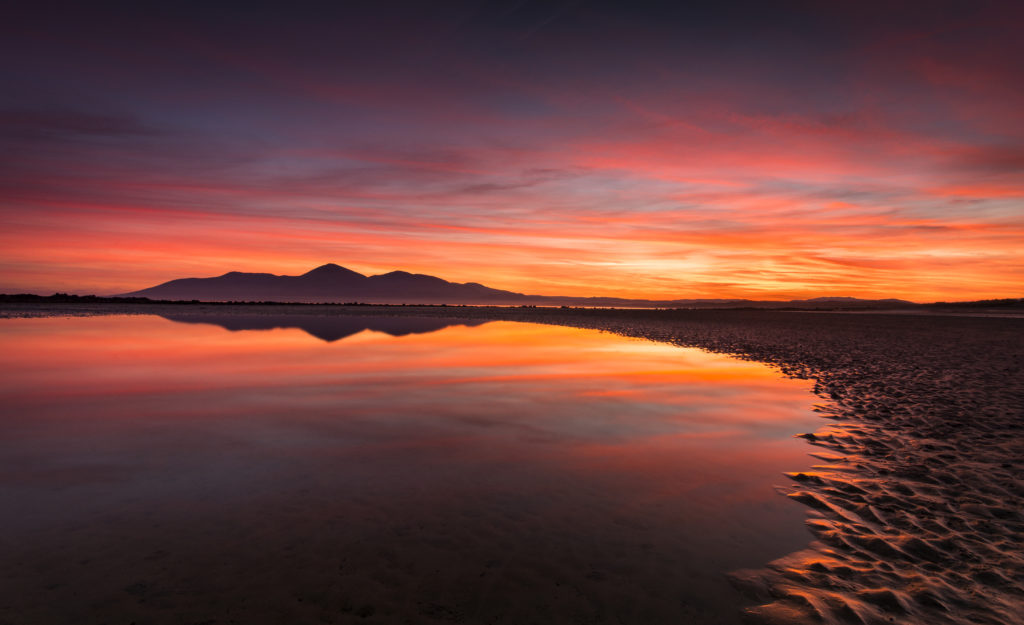
Would you like to sponsor this article?

I was kindly asked if I would like to write an article about landscape and seascape photography and how I take my pictures, so whether you’re getting up early for sunrise or heading out late in the afternoon for sunset, here are a few tips to help you prepare and hopefully catch that beautiful moment on film (memory card).
For the purposes of this article, I’ll be talking about a sunset picture I took of the Mournes from Tyrella beach.
READ: Climbing Slieve Binnian in Wintertime
After a quick check of ‘The Photographers Ephemeris’ (an App that tells you when and where the sun/moon will rise and set) I knew the sun was going to set at 8 pm on this evening. I also knew that it would take me just under an hour to get there and that I would have a 15 min walk to get from the car to the rock pool I hoped to use as my foreground interest. I wanted to allow myself around 30 mins to find the right composition when I got there, so this meant that I would be leaving the house around 6 pm.
I arrived at Tyrella and made my way down to where I hoped the rock pool would be. Please note that its also good practice to check tidal times when shooting a seascape. Having already done so I knew the tide would be out far enough around sunset to get to and use the rock pool as my foreground interest. With my composition decided on I was set up with plenty of time to stand back and admire the sunset while taking a few shots as the sky displayed its wonderful array of colours. Another great piece of advise when you’re out taking pictures at sunset is – DON’T PACK UP just after the sun has set. Sometimes the most stunning sunset colours in the sky will only appear up to 30 mins after the sun has set over the horizon.
READ: A Little Snapshot Trek of Northern Ireland
For these shots I was using my Nikon 7100 with a Sigma 10 – 20mm wide angle lens, along with a Lee circular polariser filter and 0.9 grad ND filter to boost the saturation and balance out the bright sky with the foreground. I always take my landscape/seascape shots in RAW format as I want full control over the look of the final image. RAW files are large uncompressed and unprocessed snapshots of all of the detail available to the camera sensor. Because RAW files are unprocessed, they come out looking flat and dark and need to be viewed and processed using Adobe Camera Raw, Photoshop, Lightroom, Aperture, etc prior to being ready for display or print.
The other option is JPEG files. These are processed within the camera. While color temperature and exposure are set based on your camera settings when the image is shot, everything else is decided by the camera and the camera will process the image to add blacks, contrast, brightness, noise reduction, sharpening, vibrance, etc and then render the file to a compressed JPEG. Because the image is compressed and saved to JPEG much of the initial image information and detail (from the darkest shadows to the brightest highlights) is discarded and cannot be recovered.

When I get home I’ll transfer the files to my PC and decide which ones I’m going to use. On this particular night i had a specific shot in mind so my composition never changed throughout the sunset – sometimes I’ll take a short walk and try several different compositions as the sun is setting. I took 15 pictures on this night over a 30 min time period around sunset. The two pictures I choose to edit were taken 15 mins apart and, as you can see, that 15 mins is enough time to really change the look of the shot.
I’ll spare you all the walk through of how I edited these shots as I feel that would be a VERY boring read for most of you – suffice to say my general rule of thumb is ‘less is more’. Yes I want the picture to have some punch, but my goal is always to try and represent what my eyes were seeing that evening.

I’ll finish up instead with some ‘top tips’ for anyone interested in improving their landscape/seascape photography – most of which you may already know.
– Think foreground: One element that can set apart your landscape shots is to think carefully about the foreground of your shots and by placing points of interest in them. When you do this you give those viewing the shot a way into the image as well as creating a sense of depth in your shot.
– Consider the sky: Most landscapes will either have a dominant foreground or sky and unless you have one or the other your shot can end up being fairly boring. If you have a bland, boring sky don’t let it dominate your shot and place the horizon in the upper third of your shot – however you’ll want to make sure your foreground is interesting. However if the sky is filled with drama and interesting cloud formations and colour, let it shine by placing the horizon lower.
– Leading lines: How am I leading the eye of those viewing this shot’? There are a number of ways of doing this (foregrounds is one), but one of the best ways into a shot is to provide viewers with lines that lead them into an image. Leading lines give an image depth, scale and can be a point of interest in and of themselves by creating patterns in your shot.
– Golden hours: Many landscape photographers rarely shoot during the day, preferring to only shoot around sunrise and sunset because that’s when the light is best. These ‘golden hours’ are great for landscapes for a number of reasons from the ‘golden’ light that it often presents us with to the angle of the light and how it can impact a scene creating interesting patterns, dimensions and textures.
– Get it straight: While you can always straighten horizons later in post production, it’s easier if you get it right in camera.
If you’re considering all the above the next time you plan a sunset/sunrise shot you should find your photography improving with every shot, and if it isn’t – you’re still getting to see some beautiful sunsets so…no harm done. 🙂
See you out there.
~ Paddy
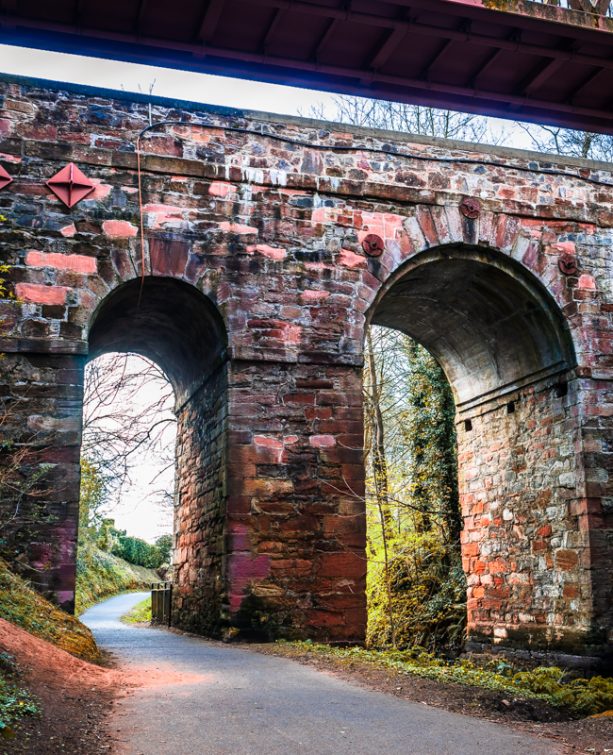 Belfast,Photography
Belfast,Photography
5 scenic walks around Lisburn
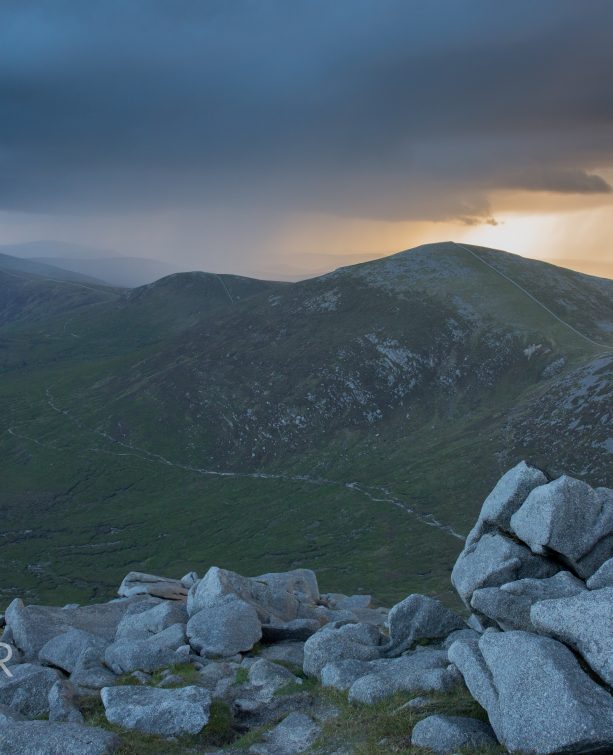 Mourne Mountains
Mourne Mountains
Bearnagh: Chased the sunset, caught the rain
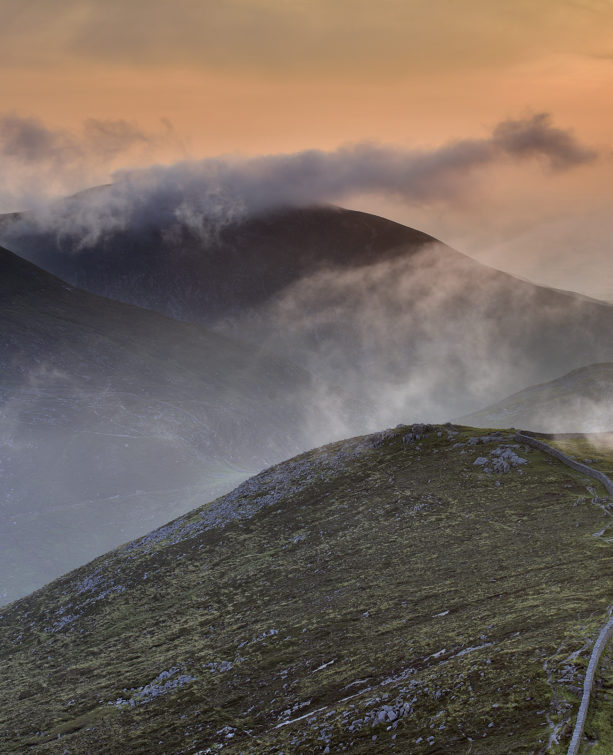 Mourne Mountains
Mourne Mountains
Camping in the High Mournes
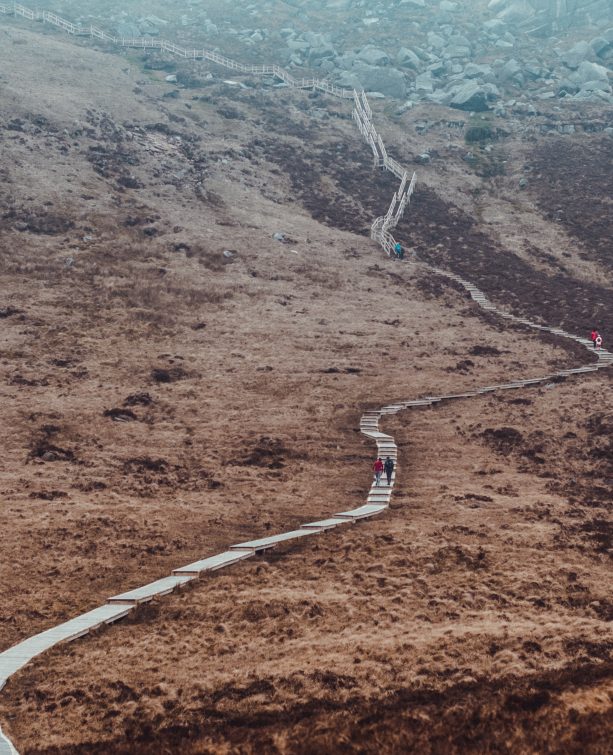 Fermanagh and Tyrone
Fermanagh and Tyrone
Cuilcagh: Stairway to Heaven
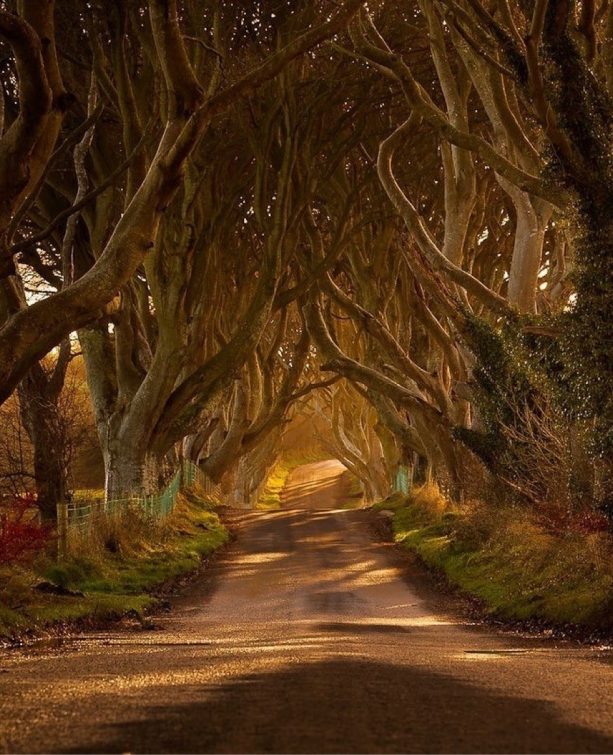 Features
Features
Every Game of Thrones Location in Northern Ireland
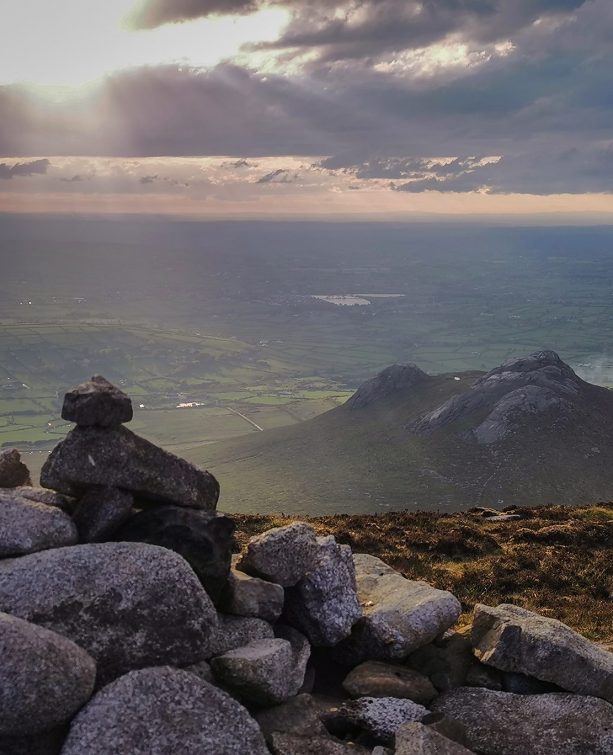 Mourne Mountains
Mourne Mountains
Hen and Cock Mountains
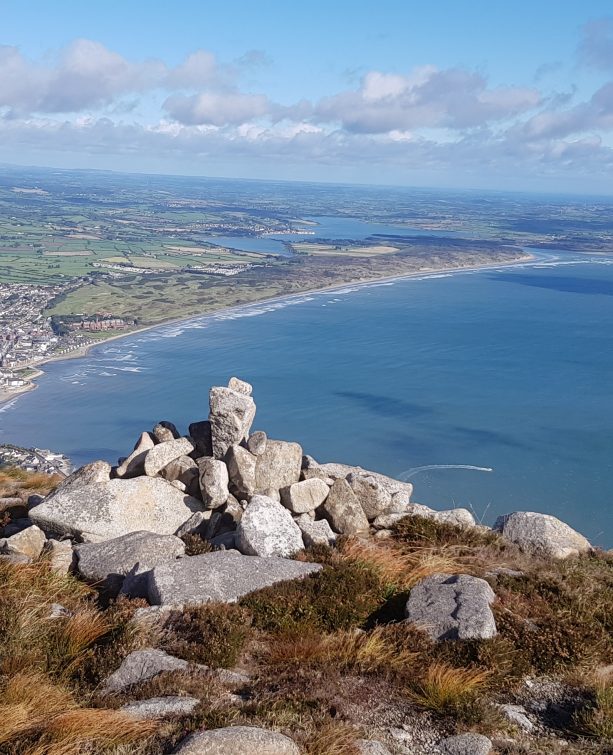 Mourne Mountains
Mourne Mountains
Leganabrachan, Millstone and Thomas: Donard’s Seaside Bodyguards
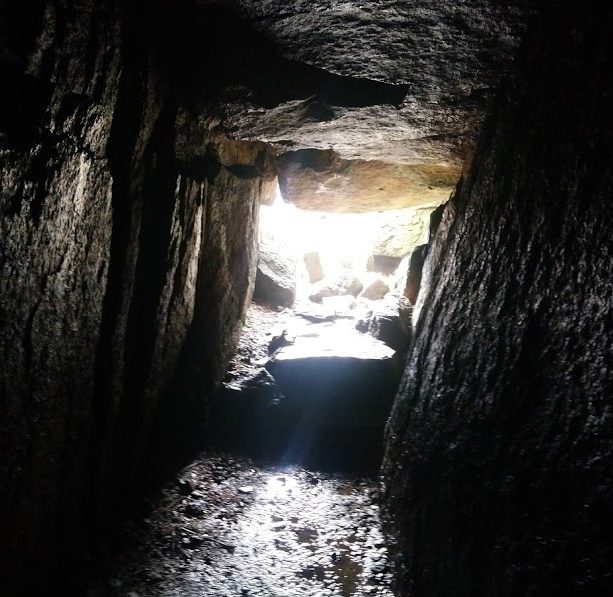 Mourne Mountains
Mourne Mountains
Percy Bysshe and Cove Caves